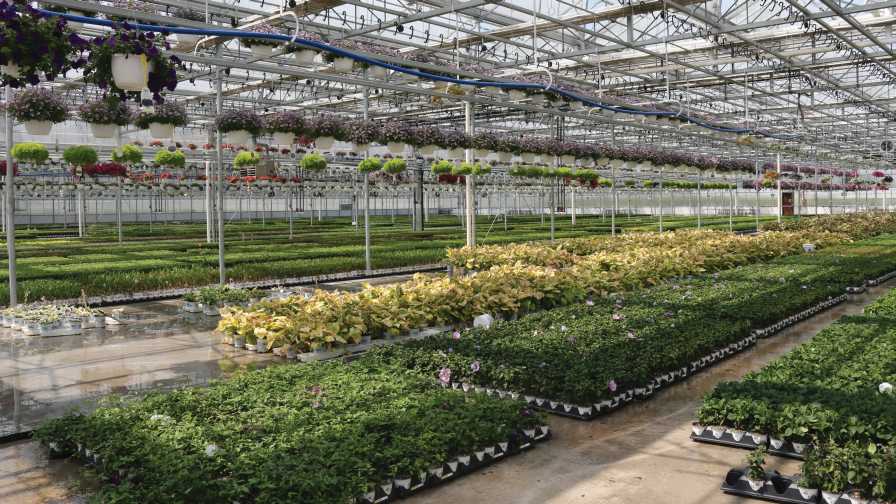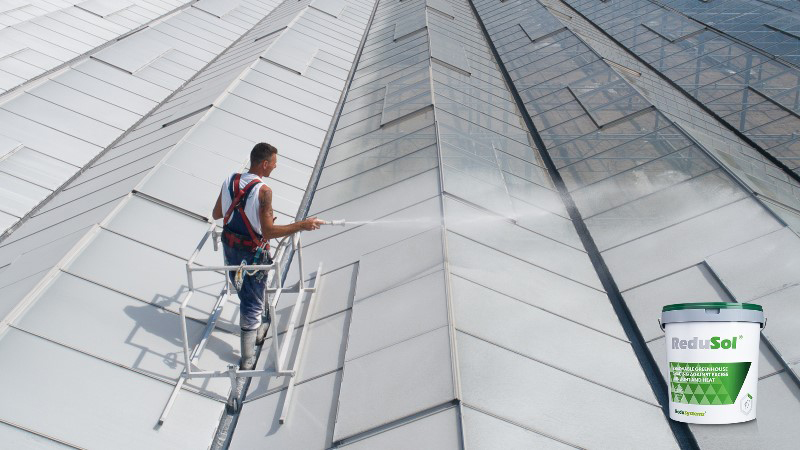8 Tips From a Leading Grower on Solving Your Plant Fertilizer Problem

By providing your crops with optimal environmental and nutritional conditions, your plants will finish better, easier, and with much less stress and second-guessing.
Photo by Janeen Wright.
Nitrates and phosphates from fertilizers can be potential environmental hazards if they make their way to groundwater or surface water from runoff or leaching in the greenhouse. Fertilizer is also an expensive input to waste by over-application. Therefore, growers often ask about how they can use this important input more efficiently and cost effectively.
Here are eight best practices I recommend for applying fertilizer effectively while keeping costs down.
1. Know your water quality.
Build your soil mix and fertilizer program around your water quality. Just throwing 200 ppm of fertilizer at the plants as you’ve always done can be a waste of money and may cause nutritional issues that require further corrective measures, undue fertilizer runoff, and quality issues that in turn require additional chemical, labor, or plant growth regulator treatments.
2. Consider this question: Do you really need all that phosphorus in your fertilizer?
3. Periodically run soil pH and EC tests.
This is one of the cheapest and most cost-effective insurance policies you can invest in.
4. Regularly test and calibrate as needed your fertilizer injectors.
Just because the water coming out of the hose is “blue” does not mean you are applying the correct ppm of fertilizer to your plants. This step is the easiest and most cost- and quality-effective measure growers can take.
5. Review with each grower the measuring and mixing practices when handling
fertilizers. Don’t assume everyone is measuring and mixing fertilizer correctly. Math is not everyone’s
strong point.
6. Know the cultural requirements of all crops being grown.
By providing the crops with the optimal environmental and nutritional conditions, plants will finish better, easier, and with much less stress and second-guessing. Breeder and supply companies spend a great deal of time and money developing cultural guides. Why not use all the tools available?
7. Work closely with your watering staff to develop proper watering practices.
Water the crops when needed and with the proper volume of water. Watering earlier than needed and too heavily can not only waste water and fertilizer, it also causes unwanted fertilizer runoff, poor root growth, disease issues, and overall reduced quality of plants.
8. Explore alternative fertilizing options.
Plenty of new blends of controlled-release fertilizers are being offered with more controlled release and longer release times. Are they an option for your operation? Research and articles published a few years ago showed success with lower rate fertilizer applications. This method can save money and maintain optimal quality. By following this method, watering staff again needs to be trained in proper application practices, and soil pH and EC tests need to be taken on a regular basis.









